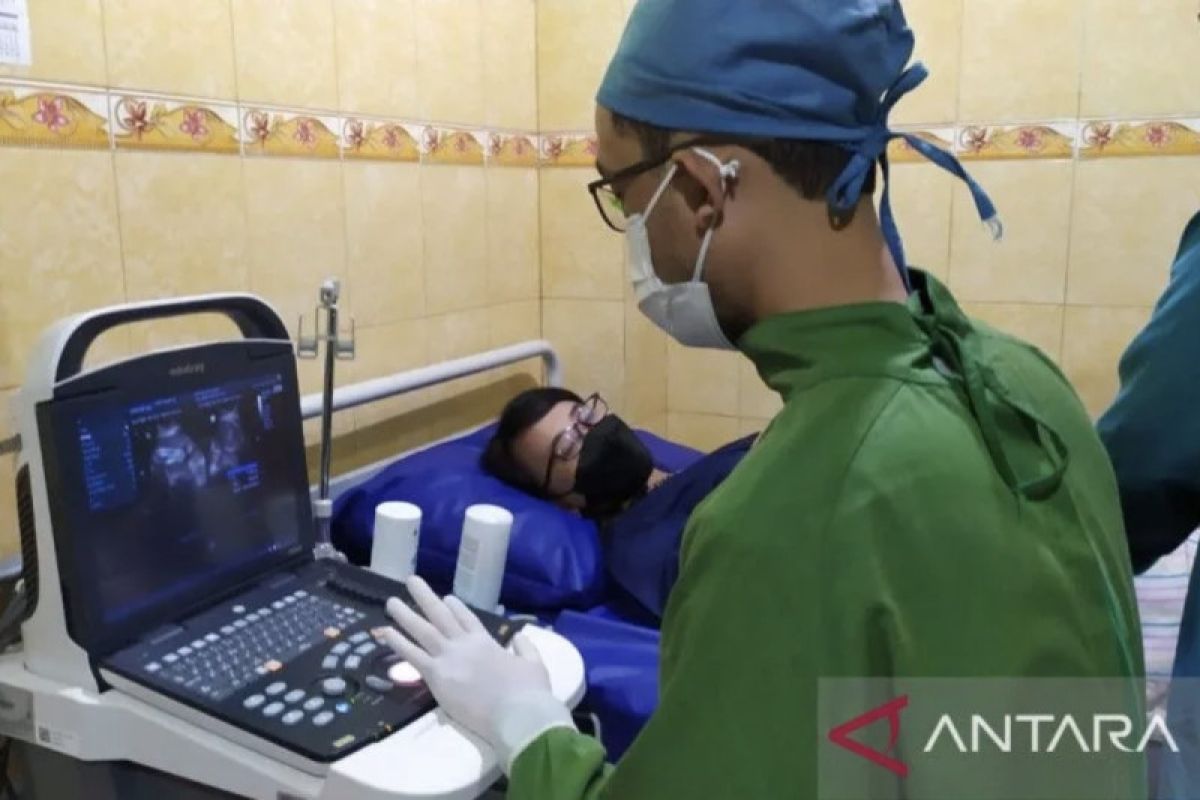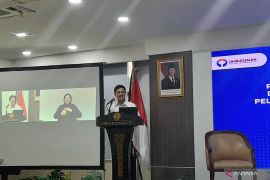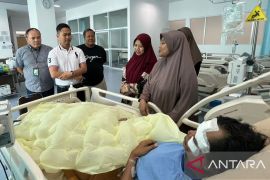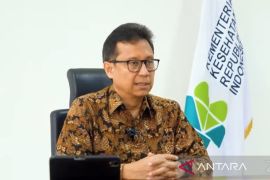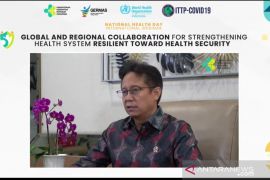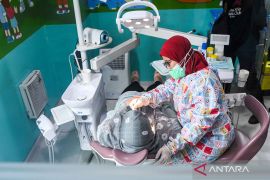The Constitution states that every Indonesian citizen has the same right to access health services. In addition, the state is also responsible and must be present in providing health service facilities.
Limited medical facilities and lack of doctors and specialist doctors have cost many lives and affected the welfare of people. People in some regions have to walk for days or even be carried on a stretcher to access basic health services.
Recently, a pregnant woman in West Java died after she was turned away from a health facility due to limited capacity. This case offers a glimpse into the reality of Indonesia's healthcare system.
Data from the Ministry of Health shows that at least 4.7 million Indonesian children are at risk of having lower intelligence due to stunting.
Further, non-communicable diseases such as stroke, heart disease, and cancer have the potential to take away parents' time from working and taking care of their children. The situation can even lead to bankruptcy due to the burden of medical and non-medical treatment costs.
According to data from the National Healthcare and Social Security Agency (BPJS Health), heart disease occupied the top position among the ten diseases with the highest incidence in Indonesia in 2022, with more than 15.49 million patients. Cancer ranked second with more than 3.14 million patients and stroke was next with 2.53 million patients.
As many as 70 percent of cancer patients in Indonesia only start treatment when their cancer has reached an advanced stage.
A study conducted by ASEAN Costs in Oncology (ACTION) has found that almost 50 percent of cancer patients experience bankruptcy or financial problems if they have to undergo treatment for 12 months.
Despite the presence of BPJS Kesehatan’s health insurance program, data from the World Bank pegs out-of-pocket payment for healthcare in Indonesia at 34.76 percent, which is higher than the World Health Organization's (WHO's) standard of 20 percent.
The cost borne by BPJS Kesehatan for financing non-communicable diseases is also quite huge, reaching Rp24.1 trillion in 2022 from Rp17.9 trillion in 2021.
Health screening
Just like the expression "an ounce of prevention is worth a pound of cure," the cost of preventing disease is far lower than the cost of curing one.
However, based on a report from the Ministry of Health, so far, only 33 percent of Indonesian citizens take the initiative to carry out health screening for the purpose of early detection of diseases. For example, a mammography exam for the early detection of breast cancer.
The Ministry of Health has initiated a screening program that targets several diseases with the highest mortality, such as congenital hypothyroidism, thalassemia, anemia, stroke, heart attack, hypertension, chronic obstructive pulmonary disease, tuberculosis, lung cancer, hepatitis, diabetes, breast cancer, cervical cancer, and colon cancer. The hope is that Indonesia can save costs for health.
Indonesia has been actively tracking cases in the past year, for example, 700 thousand cases of tuberculosis (TB) were detected in 2022, the highest on record in terms of detection.
In Indonesia, the average finding of TB cases per year is around 50–60 percent or around 500 thousand to 600 thousand cases.
Indonesia ranks second after India in TB incidence, with around 969 thousand cases and 93 thousand deaths predicted per year, or equal to 11 deaths per hour.
In response, health screening has been expanded to vulnerable groups, such as pregnant women and postpartum mothers.
The government is sending 10 thousand units of ultrasound devices to all community health centers (puskesmas) in the country as well as 300 thousand units of anthropometric tools to integrated health posts (posyandus) in stages.
The portable ultrasound devices will allow screening to reach frontier areas.
Screening has also involved the role of BPJS Kesehatan, which, this year, allotted a budget of Rp9 trillion to cover the screening cost of six out of 14 target diseases,at the request of the Ministry of Health.
The screening technique used involves grouping people diagnosed with low, moderate, to severe risk, based on age classification, so that they can be separated from those who are healthy.
Since last year, BPJS Kesehatan has started the health screening program through a survey method.
Participants are asked to fill in a form or join an interview through the JKN Mobile application, CHIKA application, and the website of BPJS Kesehatan, as well as fill in their health screening history. So far, at least 15.5 million people have participated in the survey.
Health transformation
To realize excellent health services, the Ministry of Health is currently carrying out a health transformation that involves six pillars.
Spokesperson for the Ministry of Health Mohammad Syahril expressed optimism that the health transformation and the Health Bill, which is currently being deliberated, would help enhance the health system in Indonesia.
"We must trust our nation's potential. We have great doctors and good hospitals. The shortcomings are being tackled with health transformation," he said.
The six pillars of Indonesia's health transformation comprise first, the transformation of primary services through the revitalization of community health centers (puskesmas) and integrated health posts (posyandus) to provide promotive and preventive efforts for all cycles of life.
Under the second pillar, referral service transformation for handling stroke, cancer, and kidney disease is being conducted by seeking a uniform distribution of specialty healthcare services.
The next pillar is the transformation of health system resilience by ensuring the availability of medicines, vaccines, locally-made diagnostic tools, and backup health workers.
The fourth pillar is the transformation of the health financing system that will support the process of revamping the health offices' budgets to prevent their overlapping.
Then, the transformation of health human resources is aimed at meeting the ideal doctor-to-patient ratio of 1:1,000. Currently, in Indonesia, the number of doctors is 101,476, and they serve as many as 273,984,400 people. Thus, 1 doctor serves around 2,700 people.
The last pillar is the transformation of health technologies by preparing a health technology platform that can be used to digitally record patients' medical history that is implemented in all health service facilities.
This health transformation has presented hope for better health services with higher quality for all people in the country, without exception.
Related news: Pay attention to rights during Health Bill deliberation: MPR Speaker
Related news: 13 existing laws to be affected by Health Bill: Ministry
Editor: Rahmad Nasution
Copyright © ANTARA 2023
